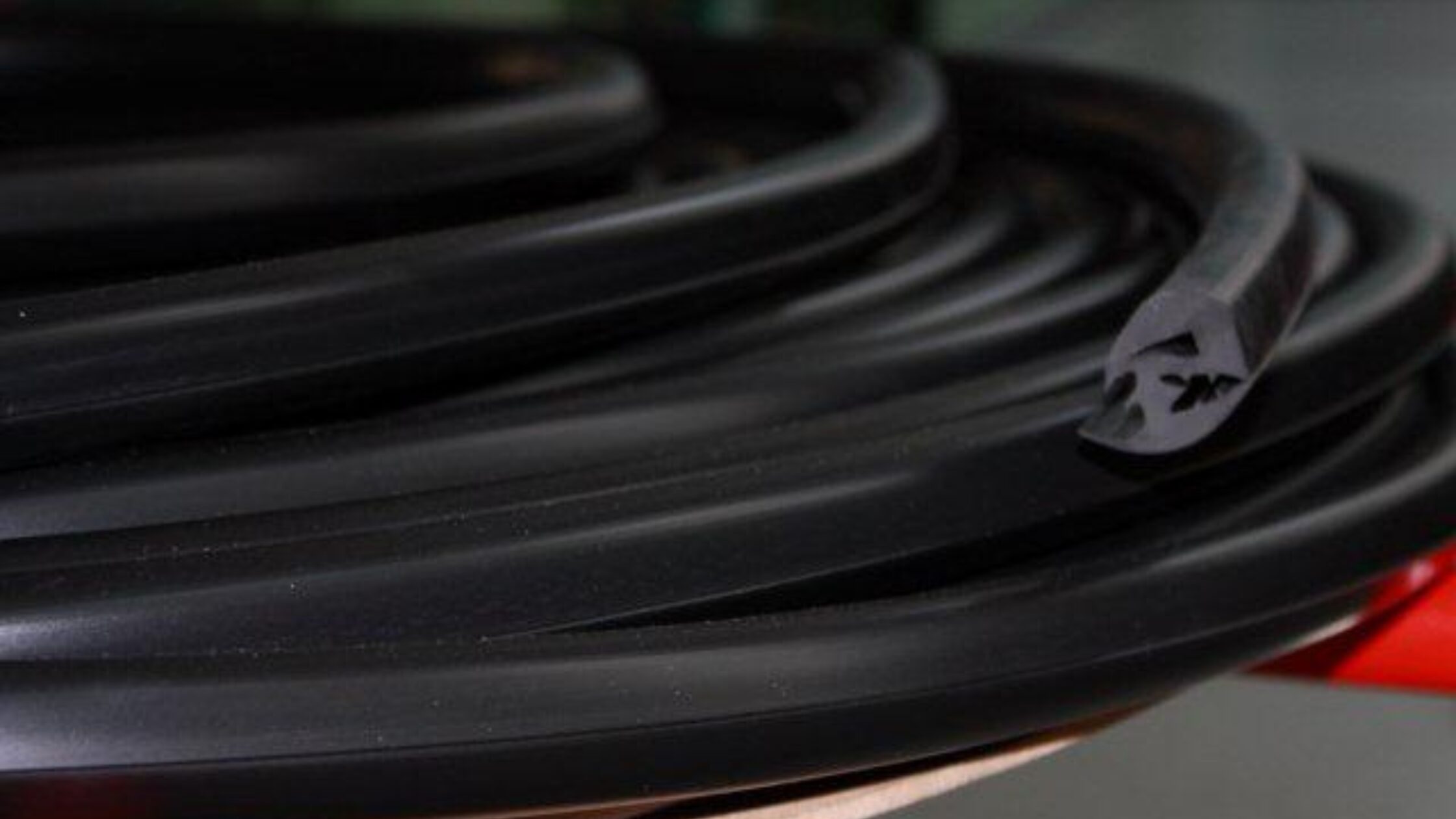Rubber and rubber products are most commonly used as part of large and complex systems. As such, they are essential components. When attention is not paid to the selection of rubber products, unpredictable costs arise, such as those caused by poor material choices and operational downtime. Opting for poor-quality or cheap materials leads to reduced efficiency, lower durability, compromised safety, and more frequent replacements. Although cheaper materials may initially seem like a good choice, they often prove to be the opposite in the long run.
Using low-quality rubber products or materials can trigger expensive repair costs, downtime in operational processes, and long-term negative impacts on the brand reputation of the products in which these rubber elements are integrated.
Why Rubber Products Shouldn’t Be an Afterthought
When we look at rubber products, they are almost always part of a larger product, machine, operational process, drainage or supply system, and so on. Rarely are they standalone products or components. In industrial applications, we may encounter rubber products such as seals, hoses, belts, mats, O-rings, conveyor belts, and more. Rubber composition varies depending on where and how it is used.
Since rubber is often used under extreme conditions and heavy loads, it should be a top priority. Its properties significantly influence the success of the project or process into which it is integrated. If productivity and efficiency are the focus, rubber components must receive equal attention. The decision-making process should begin with comparing natural vs. synthetic rubber and then choosing the specific composition that will maximize performance. The material determines the success.
The Hidden Costs of Poor Rubber Product Selection
While not all costs resulting from poor rubber product selection are immediately apparent, they can certainly manifest over time. These are the types of costs that are rarely considered at the outset and are often unpredictable. They can be financial, but the greatest impacts are often those that cannot be expressed in monetary terms—like reduced safety or damage to brand reputation.
Extended Downtime – If rubber components fail or break, machines or systems may shut down. This causes disruptions across the operational process, reducing productivity, delaying the supply chain, increasing expenses, and lowering revenue.
Safety Hazards and Risks – Damaged or failed rubber components under pressure or in extreme conditions pose a danger to users. If one part fails, the entire system may malfunction. This is especially dangerous in machinery, vehicles, and similar systems, potentially leading to accidents, injuries, and legal consequences due to faulty components.
Higher Maintenance and Repair Costs – Frequently replacing low-quality rubber products increases costs, affects budgets, demands repeated procurement, and incurs installation expenses. The lower the quality, the more often it must be replaced. These costs accumulate over time, causing further delays in operational processes.
Potential Environmental Impact – Besides requiring more frequent replacement (and generating more waste), faulty rubber products can cause ecological disasters. For example, if seals or insulation fail while handling oil, chemicals, or waste, this could lead to spills and environmental contamination. This not only damages ecosystems but also incurs cleanup costs, replacement expenses, reputational damage, and potential fines or penalties.
How to Prevent Potential Costs
Many of these costs can be anticipated and mitigated in advance. Of course, some external risks are unpredictable and beyond our control. However, through proper risk management and proactive measures, maximum reliability of rubber components can be ensured.
Step One: In-depth Research
This includes researching the most suitable rubber material for the intended conditions and choosing reliable suppliers. It’s essential to invest time in understanding the needs and specifications of the product to determine exactly what the rubber component must do. This could involve resistance to heat, chemicals, wear, abrasion, friction, etc. Collaboration with experts is crucial—they can best assess the product type, conduct tests, and perform quality control.
Step Two: Prioritize Material Quality Over Price
Price is often the deciding factor, leading to cheaper material choices. However, as mentioned above, this usually proves to be a poor long-term decision. It’s better to accept a higher initial cost for a rubber product that ensures durability and minimal negative impact, rather than a cheaper one that results in costly consequences.
Step Three: Choose Reliable Suppliers
It’s easy to pick the cheapest or most visible supplier, but not all offer guaranteed quality. It’s essential to thoroughly research all options and read customer reviews to find those who can provide reliable and expert service.
Step Four: Ongoing Maintenance and Monitoring
To ensure the longevity and reliability of rubber products, regular maintenance and inspection should not be overlooked. Rubber components in complex and technologically advanced systems require periodic checks to ensure proper functionality. This allows for timely replacement, preventing failures and downtime. This approach avoids unexpected expenses and strengthens internal processes that guarantee operational quality.
Caution and Thorough Research Come First
Everyone knows rubber is such a generic material that it often gets overlooked. These components are often seen as peripheral or spare parts, not as vital elements of larger systems. Their crucial role in ensuring optimal and safe performance of machines, systems, or processes is often neglected. This always results in unpredictable and often high costs. Such costs, in the long run, significantly impact operations, revenue, and ROI. Moreover, intangible costs such as brand damage, customer distrust, and loss of client loyalty must be considered.
If you’re considering projects that require the integration of rubber components, it’s worth following these recommendations to ensure maximum performance and safety. It’s also advisable to evaluate currently used rubber products to determine whether they deliver all expected functionalities or pose potential risks and costs. In any case, expert guidance is a key factor in making the best long-term decisions.ti neke štete i troškove. U svakom slučaju, pomoć stručnjaka je nešto na što treba računati da bi se donijela dugoročno najbolja odluka.
